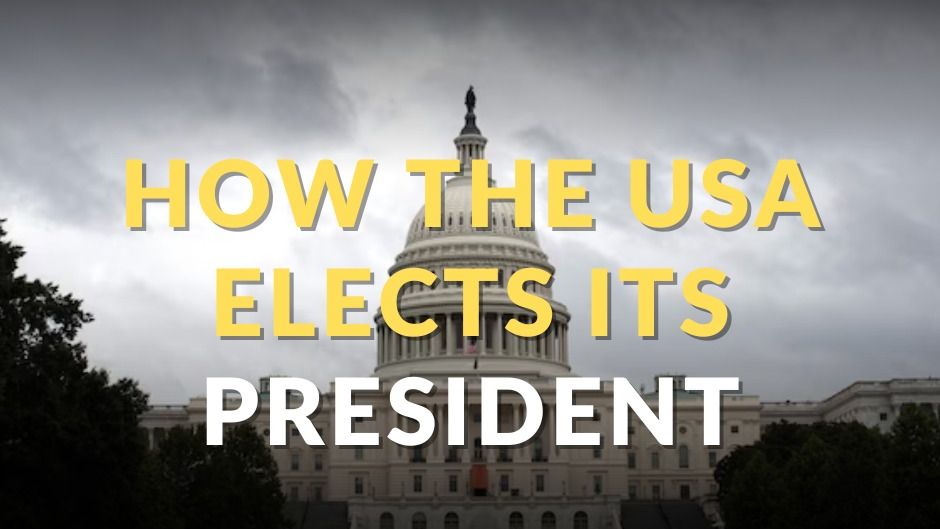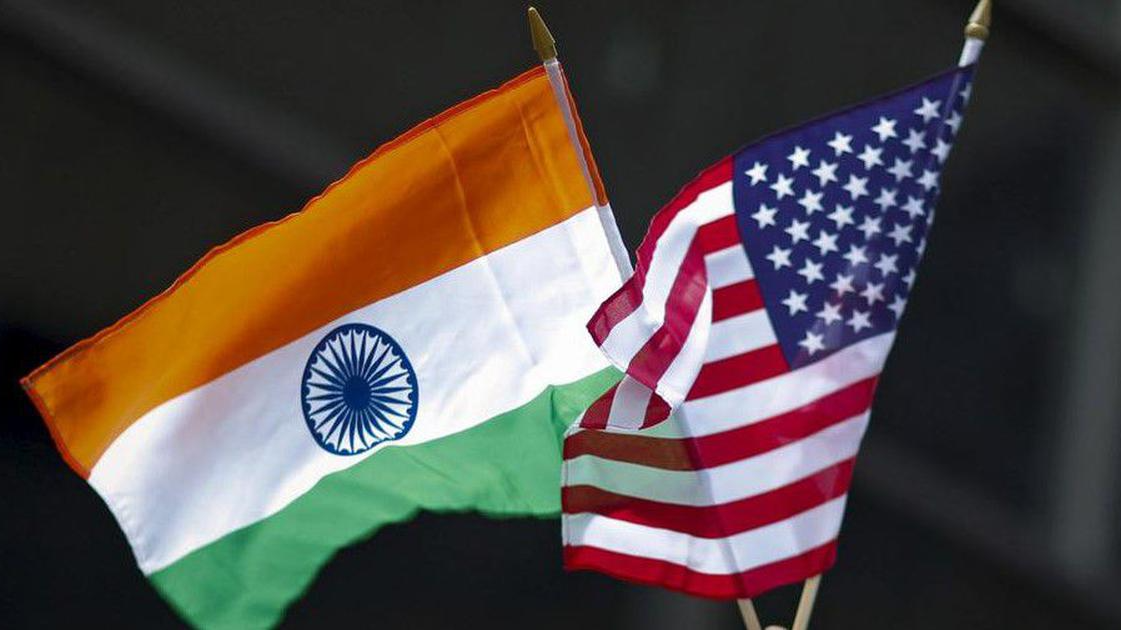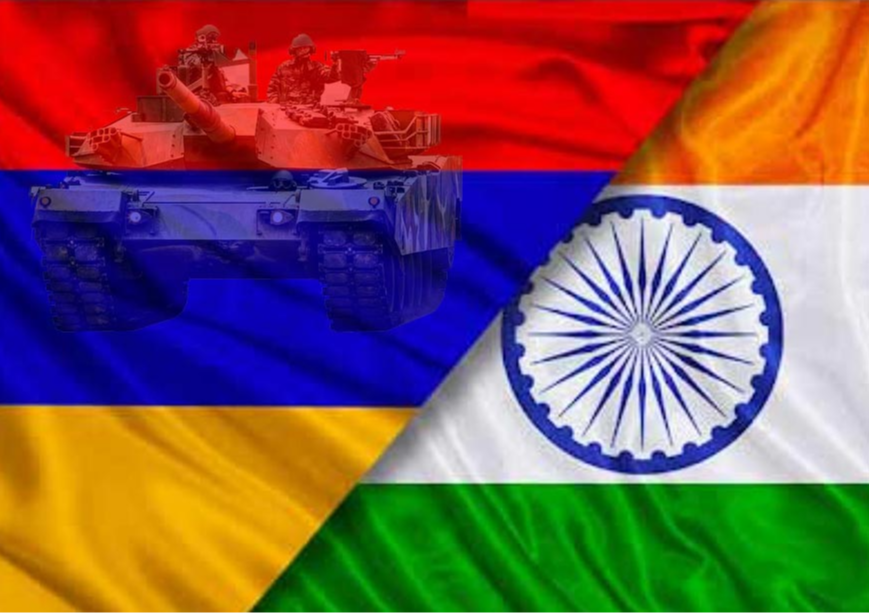A decision by Nepal to redesign its 100 rupee currency note has ignited a diplomatic firestorm with neighboring India. The controversy centers on the inclusion of disputed border areas on the new note's map, a move that has raised concerns in India about Nepal's territorial claims and the potential for further escalation of tensions between the two countries.
The redesigned note, featuring a revised political map of Nepal that includes the disputed territories of Lipulekh, Limpiyadhura, and Kalapani, has been authorised by the Nepal government and is set to be printed by a Chinese state-owned company. This has added another layer of complexity to the issue, with some observers suggesting that Nepal's decision could be influenced by its growing ties with China and a desire to assert its sovereignty.
Historical Tug-of-War
The roots of the India-Nepal border dispute can be traced back to the 19th century and the Treaty of Sugauli, which established the Kali River as the natural western border between the two countries. However, the exact location of the river's source and the ownership of the territories of Lipulekh, Limpiyadhura, and Kalapani have remained a point of contention ever since.
Tensions flared in 2019 when India released a new political map that included these disputed areas within its borders. Nepal retaliated with its own revised map in 2020, claiming these territories as its own. This cartographic standoff has fueled the dispute, with both sides refusing to budge from their positions.
Adding fuel to the fire: China's involvement
The involvement of a Chinese company in printing Nepal's new currency notes has further heightened concerns in India. Some experts believe that China, which shares a border with both India and Nepal, could be using this opportunity to exert influence and further its own strategic interests in the region. This move has the potential to complicate the already delicate balance of power in the strategically important India-China-Nepal tri-border region.
Diplomatic minefield
This currency note controversy threatens to damage the historically close ties between India and Nepal. While both countries have expressed a desire for a diplomatic resolution, the issue remains a sensitive one, with the potential to impact their close economic and cultural relationship. The open border between the two countries, a testament to their shared history and cultural ties, could be affected if tensions continue to escalate.
Strategic significance of the disputed territories
The disputed territories, strategically located at the tri-junction of India, Nepal, and China, hold significance for all three countries. India views Nepal's claims as an attempt to artificially extend its borders, while Nepal maintains its historical right to these territories. The region's strategic importance is further amplified by its proximity to the Lipulekh pass, a key trade route between India and Tibet.
Call for diplomacy and dialogue
As both countries navigate this complex issue, finding a mutually acceptable solution will require careful diplomacy and a willingness to address each other's concerns. The stakes are high, as the outcome of this dispute could have far-reaching implications for regional stability and the future of India-Nepal relations. It is crucial for both sides to engage in constructive dialogue, prioritize their shared history and cultural ties, and seek a resolution that respects each other's sovereignty and security concerns.
DISCLAIMER: This brief is based on information from publicly available sources and reflects the author's interpretation of the topic and do not reflect Prameya's or Prameya News7 editorial stance.










































